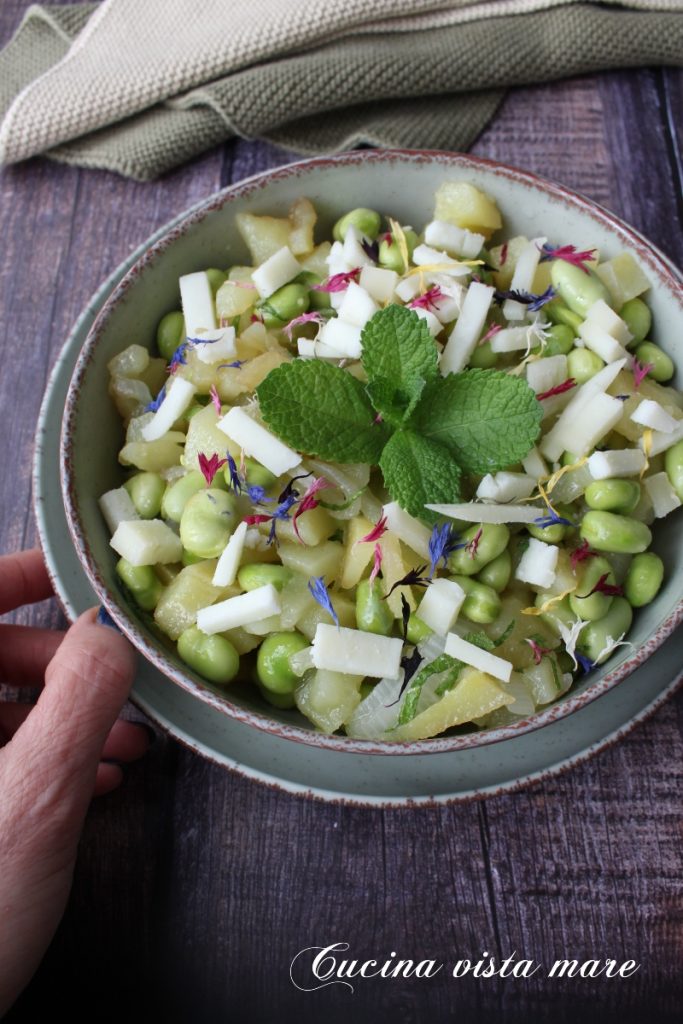
- Difficulty: Very Easy
- Cost: Inexpensive
- Preparation time: 10 Minutes
- Portions: 2 servings
- Cooking methods: Microwave
- Cuisine: Italian
- Seasonality: Spring
This content contains one or more affiliate links.
Trivia
Abruzzo Pecorino is one of the region’s gastronomic excellences, made from sheep’s milk, it has a distinctive taste that varies depending on the area and production technique. This is why in Abruzzo it’s possible to taste many different versions of this cheese. Abruzzo Pecorino is linked to transhumance: in the past, it was horizontal transhumance, where shepherds would lead their flocks along the “tratturi” from Abruzzo to the Tavoliere delle Puglie pastures during the winter, returning to Abruzzo in the warmer season. Nowadays, transhumance is vertical: the flocks are in the valley in winter and go to higher altitudes during the warm season.
There is really much to say about the varieties of Abruzzo Pecorino, but I’ll tell you about a couple as representatives.
The most famous and unique of its kind is “Pecorino di Farindola,” which is made with raw milk; hence its commercialization, by law, can only occur after a minimum aging period of 60 days. It was known as the women’s cheese because men were responsible for grazing, transhumance, fodder, and shearing, while women took care of milking and the actual production in all its phases. The production area of Pecorino di Farindola is limited to nine municipalities, and its peculiarity is that it is made using pig rennet, which gives it very particular aromas, flavors, and scents. Currently, Pecorino di Farindola is a Slow Food Presidium, and the procedure for obtaining D.O.P. recognition has been initiated. It is an ancient cheese, with the first mentions dating back to Roman times, cited by Pliny the Elder and Martial, who described the various production steps in detail.
Another typical Abruzzo Pecorino is the Canestrato di Castel del Monte, in the province of L’Aquila, another Abruzzo excellence and a Slow Food Presidium. It is produced with raw sheep’s milk and the addition of lamb rennet and salt. Depending on the aging period, which ranges from two months to over a year, a fresh, semi-aged, or aged product is obtained. It has a slightly spicy aromatic taste with a sweet finish for the fresh and semi-aged versions and a more intense, spicy, and aromatic flavor if aged.
Another typical Abruzzo Pecorino is the Canestrato di Castel del Monte, in the province of L’Aquila, another Abruzzo excellence and a Slow Food Presidium. It is produced with raw sheep’s milk and the addition of lamb rennet and salt. Depending on the aging period, which ranges from two months to over a year, a fresh, semi-aged, or aged product is obtained. It has a slightly spicy aromatic taste with a sweet finish for the fresh and semi-aged versions and a more intense, spicy, and aromatic flavor if aged.

